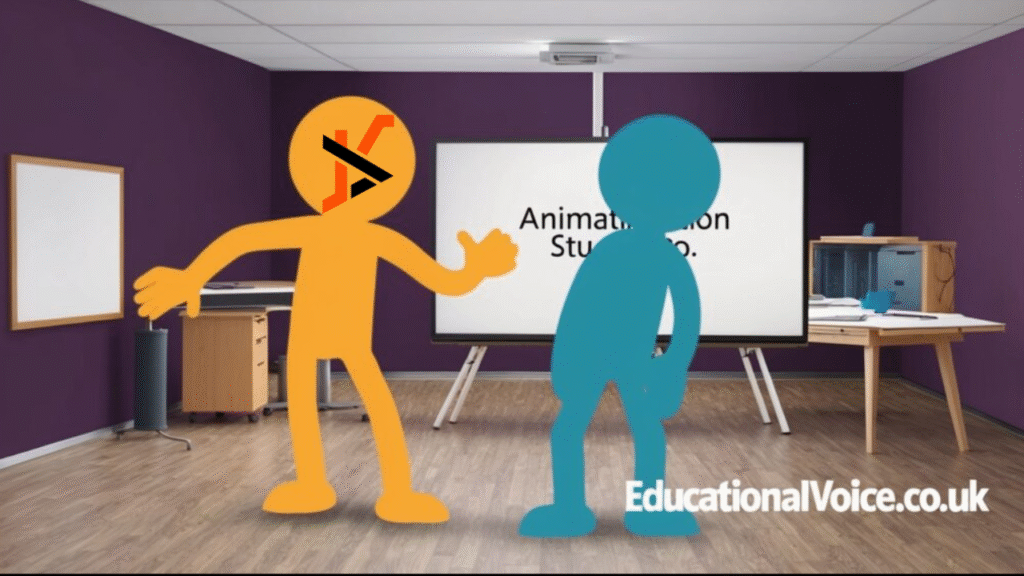Building a brand through animation feels a bit like learning to drive. Everyone makes it look effortless until you’re behind the wheel yourself. You know the destination, but the route seems full of unexpected turns.
Most businesses stumble into their first animation studio partnership without really knowing what they’re signing up for. The whole process can feel overwhelming, especially when you’re trying to balance creative vision with practical budgets. But here’s the thing – working with the proper animation studio doesn’t have to be stressful if you know what’s coming.
Getting Started: The Discovery Phase
Your first meeting usually happens over video call these days. Studios want to understand your business before they start throwing around creative ideas. They’ll dig into your audience demographics, brand personality, and what you’re actually trying to achieve.
Budget talk comes up surprisingly early. Some people find this awkward, but it’s actually helpful. Animation costs vary dramatically depending on what you want. A simple 2D explainer might cost a fraction of what you’d pay for detailed 3D work. Being honest about numbers from the start saves everyone’s time.
The studio should explain their workflow too. Some prefer to work in strict phases with formal approval gates. Others take a more fluid approach. Neither method is inherently better, but knowing their style helps you prepare.
Creative Development: Where Ideas Take Shape
This bit takes longer than most clients expect. Your studio isn’t just making pretty pictures – they’re solving communication problems you might not have even noticed. How do you visualise trust? What colours make people feel confident about your service?
Mood boards usually come first. These collages of images, colours, and textures aren’t your final design. They’re testing the waters, seeing how you react to different visual directions. Think of them as rough sketches for the overall feel.
Storyboards follow next. These basic drawings map out every moment of your animation. They look pretty rough at this stage, but they’re crucial. Making changes here costs time rather than money. Changes later in the process cost both.
The script development often happens alongside storyboarding. Even if you’ve provided initial copy, studios usually suggest refinements. They know how words work with visuals, and their input can make a real difference to the final result.
Production: When Things Get Interesting
Once you approve the storyboard, the actual animation begins. This phase showcases proper motion graphics principles in action. Artists build individual elements, animate sequences, and layer everything together with sound design.
Don’t expect to see much for several weeks. Animation builds gradually, and early versions look pretty rough. Professional studios understand this creates anxiety, so they should send regular progress updates even when there’s nothing polished to show yet.
Voice recording typically happens early in production. If your project includes narration, expect multiple recording sessions. The timing affects how animators pace everything, so this can’t be left until later.
Sound design often surprises clients. Background music and sound effects add emotional depth that visuals alone can’t achieve. Studios usually have libraries of licensed tracks, but custom composition costs extra.
Feedback: Getting Your Voice Heard
Most studios include two or three revision rounds in their standard package. Use these opportunities wisely. Saying “make it more dynamic” doesn’t give animators much direction. Specific feedback like “the green looks too medical” helps them adjust effectively.
Timing your feedback matters too. Waiting until the final review to raise major concerns creates real problems. Small colour tweaks are straightforward. Fundamental story changes mean starting sections over completely.
Some studios limit what types of revisions they include. They might allow unlimited colour adjustments but charge extra for additional scenes. Understanding these boundaries upfront prevents awkward conversations later.
Technical Delivery: More Complex Than Expected
Your finished animation isn’t just one file. Studios typically deliver multiple versions optimised for different platforms. You’ll receive formats suited for social media, website embedding, and presentation use. File sizes and aspect ratios vary depending on where you plan to use them.
Most studios also provide source files containing all the individual elements from your project. You might not need these immediately, but they’re valuable for future edits or creating additional content.
Quality control happens during this phase. Studios test their work across different devices and browsers. Colours might appear differently on mobile screens. Loading speeds depend on file compression choices. These technical deliverables often matter more than clients initially realise.
Timeline Reality Check
Animation simply takes time. A straightforward 60-second explainer typically needs 4-6 weeks from initial concept through to final delivery. More complex projects stretch considerably longer. Trying to rush the process rarely improves the outcome.
Your involvement affects timing significantly. Delayed feedback extends deadlines. Multiple stakeholders slow approval processes. Studios build buffer time into schedules, but they can’t predict every delay.
Managing timeline anxiety requires staying engaged throughout. Regular check-ins help catch minor issues before they become significant problems.
Managing Costs and Expectations
Animation expenses can extend beyond the initial quote. Music licensing might add fees. Extra revision rounds cost more. Rush delivery commands premium pricing.
Experienced clients ask about these potential costs upfront. Studios appreciate this transparency and often provide detailed estimates. Building a modest buffer into your budget prevents stress later.
Some studios offer payment plans tied to project milestones. Others require significant upfront payments. Understanding their payment structure helps with cash flow planning.
Working with an animation studio requires patience and clear communication. The process involves more stages than most people expect, but each serves a specific purpose. Studios that rush through development often deliver generic results. Those who invest time in understanding your needs create content that genuinely connects with your audience.
Success depends largely on choosing the proper studio and managing the relationship properly. Set realistic expectations, provide timely feedback, and trust their creative expertise. The investment in time and communication pays dividends when you see your ideas transformed through motion.

